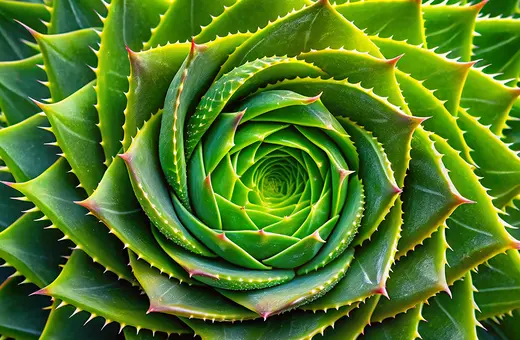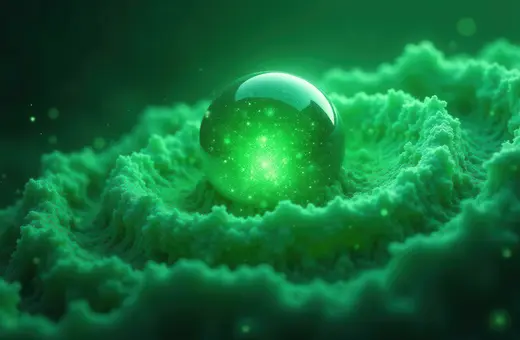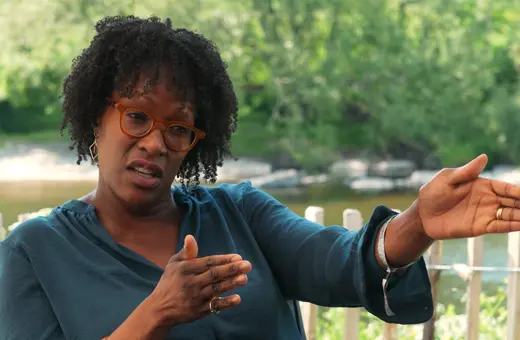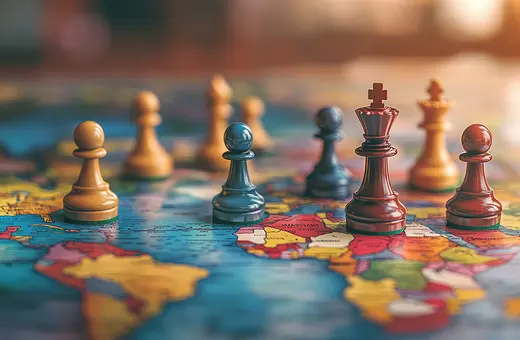The big bang was the origin of everything in the universe. Or so we thought. Most – 95% no less – of the universe is dark matter and dark energy. It has long been assumed that the big bang was the origin of this dark matter and energy in the universe, as well as the matter and energy we can see. But this assumption is wrong. Dark matter and energy have an origin story of their own, writes Katherine Freese and Martin Winkler.
The Dark Universe
The Universe contains a strange and surprising combination of ingredients. All the objects of our daily experience - our bodies, the chairs we sit in, the air we breathe, the Earth, the Sun, all the stars and planets, all made of atoms - all of that adds up to only 5% of the content of our Universe. The other 95% is the dark side: the dark matter makes up 25% of the total, and dark energy the remaining 70%. Galaxies, including our own Milky Way, are made up almost entirely of dark matter. When we look out into the sky, the stars that we identify as being in the Milky Way, are only a tiny piece of the whole Galaxy. The stars lie in a flat plane called the Disk, and are surrounded by a huge spherical object containing mostly Dark Matter. Although the first evidence of Dark Matter was observed 90 years ago in the 1930's, its nature still remains a mystery to this day. New types of elementary particles have been proposed to explain it, and experiments have been searching for these particles for decades, yet the problem still remains unresolved. The nature of dark matter is the longest unsolved problem in all of modern physics.
___
The other 95% is the dark side: the dark matter makes up 25% of the total, and dark energy the remaining 70%.
___
The Hot Big Bang
According to the standard paradigm for the Hot Big Bang, all matter and light were created roughly 14 billion years ago in an extremely dense and hot state. All particles were moving extremely rapidly and were packed together extremely tightly. As time went on, the Universe expanded so that the particles moved farther and farther apart and slowed down. Some of them became the matter that makes up the galaxies while others remained relativistic in the form of the Cosmic Microwave Background photons that we still see today and that provide some of the major information that we have about the early Universe as well as its properties today. The basic notion of the Hot Big Bang, that the Universe started out hot and dense and has been cooling off and expanding ever since, is more than a theory - it is correct, although incomplete.
 SUGGESTED READING
The Big Bang didn't happen
By Eric J. Lerner
SUGGESTED READING
The Big Bang didn't happen
By Eric J. Lerner





















Join the conversation